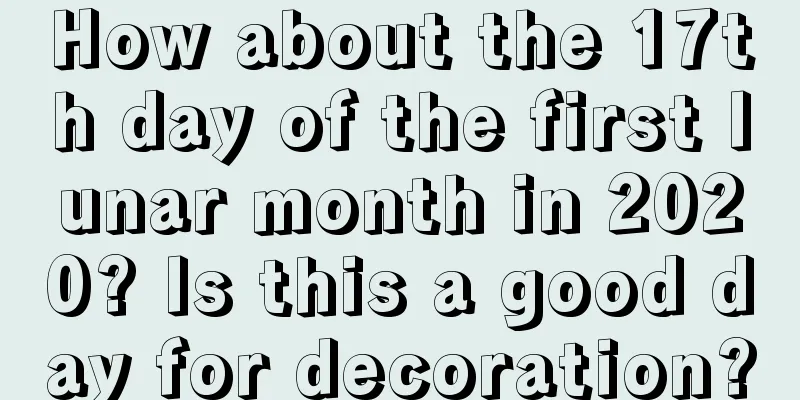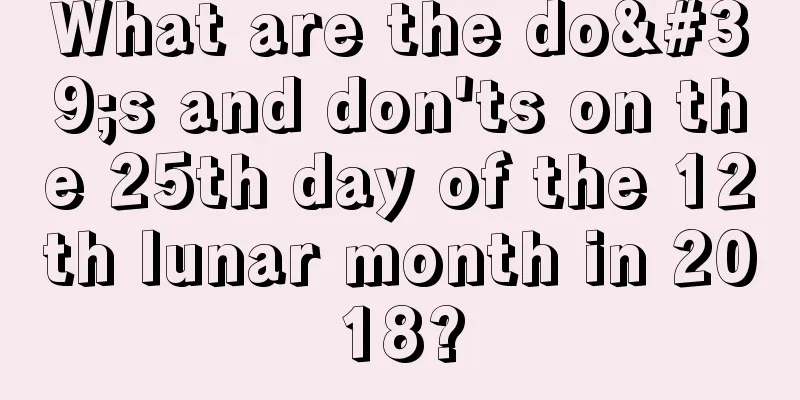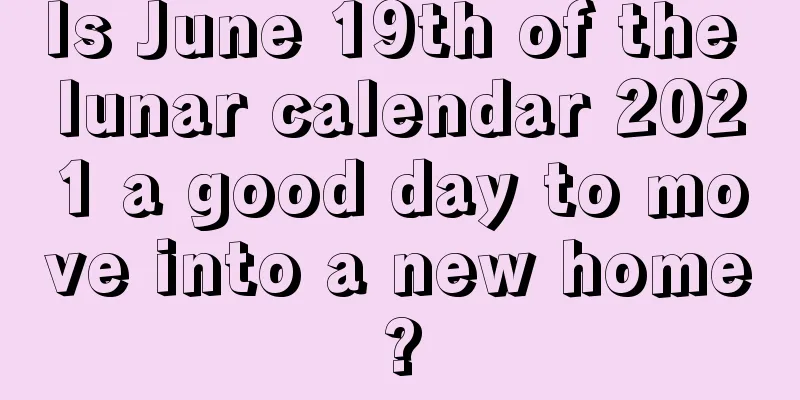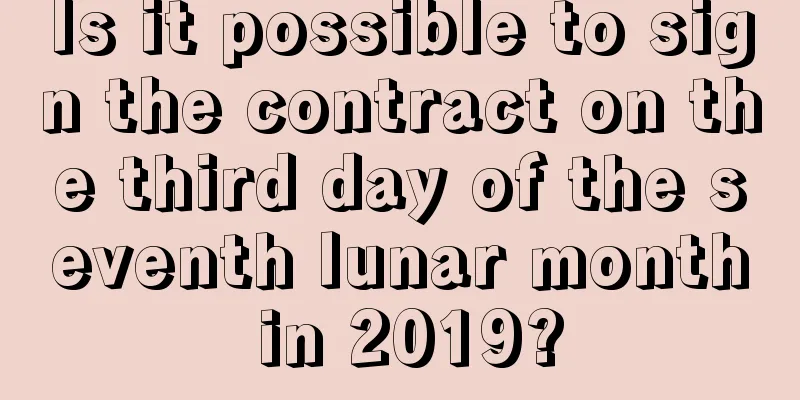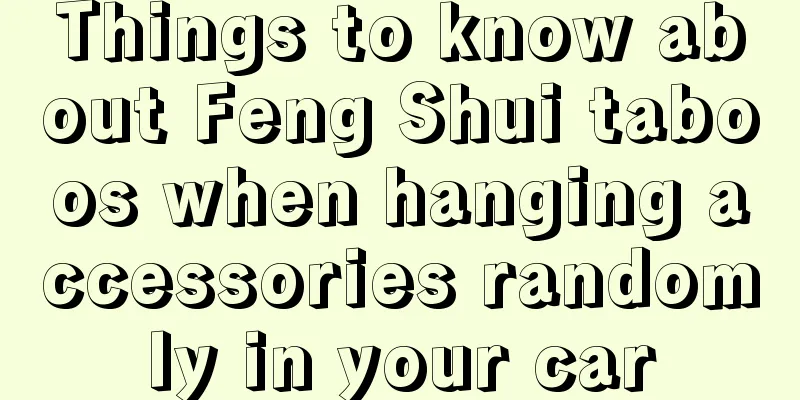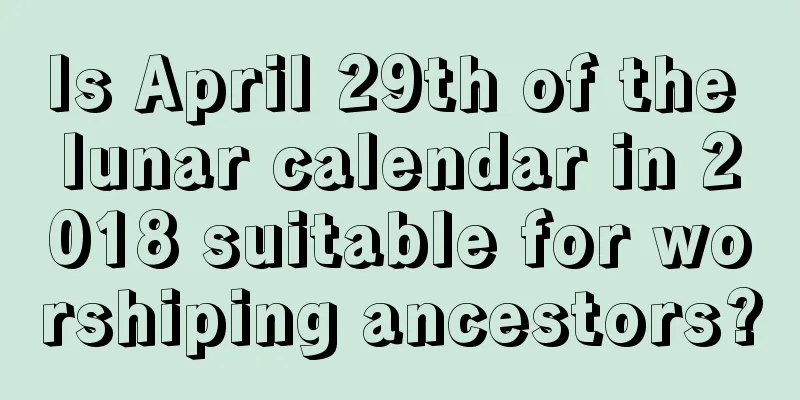What is the Mid-Autumn Festival? What are the traditional folk customs of Mid-Autumn Festival?
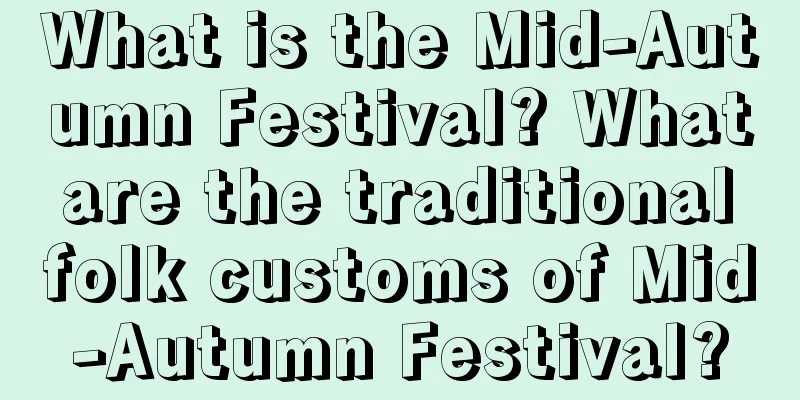
Introduction: Our country has a splendid civilization history of 5,000 years, and it is against this background that the rich and colorful festivals were born. The Mid-Autumn Festival is one of the traditional festivals, and there are many traditional customs associated with the Mid-Autumn Festival. So what is the Mid-Autumn Festival? What are the traditional folk customs of Mid-Autumn Festival? Let’s follow the editor to find out. The fifteenth day of the eighth lunar month every year is an important reunion day for Chinese people. The Fortune Teller website has compiled some special articles about the Mid-Autumn Festival in advance. We look forward to your browsing and reading!What is the Mid-Autumn Festival?The Mid-Autumn Festival, also known as Moon Festival, Autumn Festival, Mid-Autumn Festival, August Festival, August Meeting, Moon-Chasing Festival, Moon-Playing Festival, Moon-Worshiping Festival, Daughters' Festival or Reunion Festival, is a traditional cultural festival popular among many ethnic groups in China and countries in the Chinese character cultural circle. It falls on the 15th day of the eighth month in the lunar calendar. It is named so because it falls exactly in the middle of the three autumns. In some places, the Mid-Autumn Festival is set on August 16. The Mid-Autumn Festival began in the early Tang Dynasty, was popular in the Song Dynasty, and by the Ming and Qing Dynasties, it had become one of China's traditional festivals as famous as the Spring Festival. Influenced by Chinese culture, Mid-Autumn Festival is also a traditional festival in some countries in East Asia and Southeast Asia, especially for local Chinese and overseas Chinese. Since 2008, Mid-Autumn Festival has been listed as a national statutory holiday. On May 20, 2006, the State Council included it in the first batch of national intangible cultural heritage list. Since ancient times, the Mid-Autumn Festival has had customs such as worshiping the moon, appreciating the moon, eating moon cakes, appreciating osmanthus flowers, and drinking osmanthus wine. These customs have been passed down to this day and have lasted for a long time. The Mid-Autumn Festival, with the roundness of the moon symbolizing family reunion, is a way to express longing for hometown and loved ones, and to pray for a good harvest and happiness. It has become a rich and precious cultural heritage. The Mid-Autumn Festival is known as one of China's four major traditional festivals, along with the Dragon Boat Festival, the Spring Festival and the Tomb-Sweeping Day.What are the traditional folk customs of Mid-Autumn Festival?Moon ViewingDuring the Mid-Autumn Festival, my country has had the custom of appreciating the moon since ancient times. The "Book of Rites" records "Autumn Evening Moon", which means worshiping the moon god. In the Zhou Dynasty, the Mid-Autumn Festival was celebrated every year with the welcoming of the cold and the worship of the moon. A large incense table is set up, and moon cakes, watermelons, apples, plums, grapes and other seasonal fruits are placed on it. Moon cakes and watermelons are absolutely indispensable. The watermelon should also be cut into lotus shape.In the Tang Dynasty, appreciating and playing with the moon during the Mid-Autumn Festival was quite popular. In the Song Dynasty, the custom of appreciating the moon on Mid-Autumn Festival became more popular. According to "Dongjing Menghualu", "On Mid-Autumn Night, the rich families decorated their pavilions and terraces, while the common people vied to occupy restaurants to enjoy the moon." On this day, all the shops and restaurants in the capital would redecorate their storefronts, hang silk and colorful decorations on their archways, and sell fresh fruits and fine foods. The night market was bustling, and people often went up to the rooftops. Some wealthy families admired the moon from their own pavilions and set out food or arranged family banquets to reunite with their children, all to admire the moon and chat together. After the Ming and Qing Dynasties, the custom of appreciating the moon on Mid-Autumn Festival remained. In many places, special customs such as burning incense sticks, setting up Mid-Autumn Festival trees, lighting tower lanterns, releasing sky lanterns, walking on the moon, and dancing fire dragons were formed. Eat mooncakesPeople in both urban and rural areas of my country have the custom of eating mooncakes during the Mid-Autumn Festival. As the saying goes: "The moon is full on the 15th day of August, and the Mid-Autumn mooncakes are fragrant and sweet." Mooncakes were originally used as offerings to the moon god. The word "mooncake" was first seen in "Dreams of the Southern Song Dynasty" by Wu Zimu in the Southern Song Dynasty. At that time, it was just a cake-shaped food like the diamond-shaped cake. Later, people gradually combined the Mid-Autumn Festival moon-watching with mooncake tasting, which symbolizes family reunion.Sharing and giving “reunion cakes”The seasonal food for the Mid-Autumn Festival is mooncakes, which are commonly known as "reunion cakes." The Mid-Autumn Festival is the harvest season. In order to strengthen the ties between family members and social members, people give each other gifts. Moon cakes become a token of communication and a symbol of good luck.The shape of mooncakes may have existed as early as the Song Dynasty. Su Dongpo once wrote a poem praising them: "The small cakes are like chewing the moon, with crisp and sweet fillings inside." However, according to historical records, the focus of festivals at that time was on appreciating new things, such as tasting seasonal fruits such as pomegranates, dates, chestnuts, oranges, grapes, and drinking new wine, etc., which had the meaning of "autumn tasting", and mooncakes were not yet regarded as an important seasonal food. The custom of using mooncakes as a Mid-Autumn Festival specialty food and offering to the moon probably began in the Ming Dynasty. Family ReunionReunion is the central meaning of the Mid-Autumn Festival.Because of family life, Chinese people have a strong sense of family ethics and attach importance to kinship and blood ties, thus forming a folk psychology of harmony and reunion at an early stage. The reunion of family members became a major event in family life, and folk festivals provided an opportunity for people to gather regularly. During traditional festivals, people’s desire for family reunion is met to varying degrees, such as the “family reunion” on New Year’s Eve and the drinking gathering on Double Ninth Festival. Mid-Autumn Festival is the time when flowers are in full bloom and the moon is full. "The bright moon rises over the sea, and people all over the world share this moment." People associate the full moon in the sky with family reunions, so Mid-Autumn Festival was regarded as a special "reunion festival" in ancient times. The Song people's sense of reunion was already associated with the Mid-Autumn Festival. The aforementioned Song Dynasty urban residents admiring the full moon together as a family embodied this ethical factor. Worship the moon and celebrate the harvestDuring the Tang and Song dynasties, the Mid-Autumn Festival was a general social and entertainment festival, and the main activities of the festival were appreciating and playing with the moon. The nature of the festival changed during the Ming and Qing dynasties. People still admired the moon, but seemed to pay more attention to the divine significance of the moon god, as well as the ethical and economic relationships between people in real society. Mid-Autumn Festival is the season of harvest, and people use Mid-Autumn Festival customs to express their celebration of the harvest. The seasonal fruits used in moon worship are not only a sacrifice to the moon, but also an enjoyment of the fruits of labor.Summary: Through the above article content we know about [What is the Mid-Autumn Festival? What are the traditional folk customs of Mid-Autumn Festival? 】I hope this analysis of the problem can help everyone! |
Recommend
Is it a good idea to get married on May 29th of the lunar calendar in 2020?
Is it a good idea to get married on May 29th of t...
Is the ninth day of the first lunar month in 2019 suitable for opening a new store or company?
Shuimoxiansheng.com has carefully compiled detail...
Can’t we have sex during the Dragon Boat Festival? What does Guining mean?
The fifth day of the fifth month of the lunar cale...
Is it suitable to cut hair on December 25th of the lunar calendar in 2021? Is it an auspicious day for a haircut?
Everyone needs a haircut more or less, so people u...
Query of auspicious times and taboos for the tenth day of the eighth lunar month in 2020
Each season has three months: Meng, Zhong and Ji,...
An introduction to the customs of the 30th day of the twelfth lunar month (New Year’s Eve) in 2020. What are the taboos on New Year’s Eve?
In China, every festival and solar term has its ow...
Introduction to Grain Rain taboos: these things must not be touched during the Grain Rain solar term!
Different solar terms have their own festival tabo...
Is it suitable to start work on the seventh day of the eleventh lunar month in 2021? Is this a good day?
The eleventh month of the lunar calendar is coming...
Is it a good idea to open a new store on October 25th of the lunar calendar in 2017?
A gust of cold wind blows by, and we enter the ea...
Is the Beginning of Summer in 2021 an auspicious day for moving? Can I move to a new home?
Saying goodbye to spring, we welcome summer during...
Interpretation of the auspicious and inauspicious times on the sixth day of the third lunar month in 2020!
Shichen was a common way of expressing time in an...
Can we start work on June 20th of the lunar calendar in 2022? What's the point?
The sixth lunar month is the last month of summer....
Can I go to the temple to burn incense and worship on New Year’s Day in 2019? What are the customs and practices on New Year’s Day?
Introduction: Burning incense and praying for bles...
When is the third day of the first lunar month in 2022? Why do we burn paper on the third day of the first lunar month?
The third day of the first lunar month is a day in...
When is the beginning of winter in 2021? Is the Beginning of Winter an auspicious day?
The Beginning of Winter is the first solar term in...

